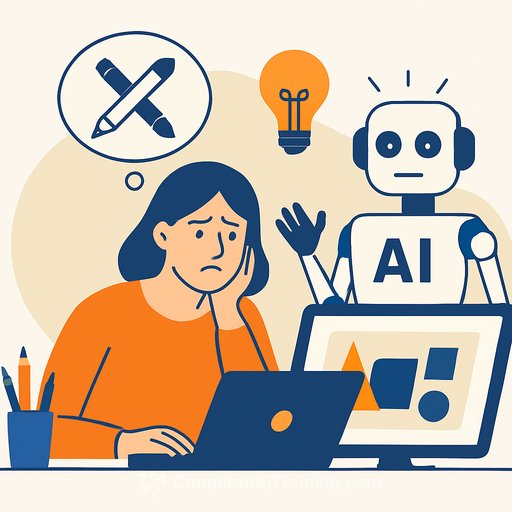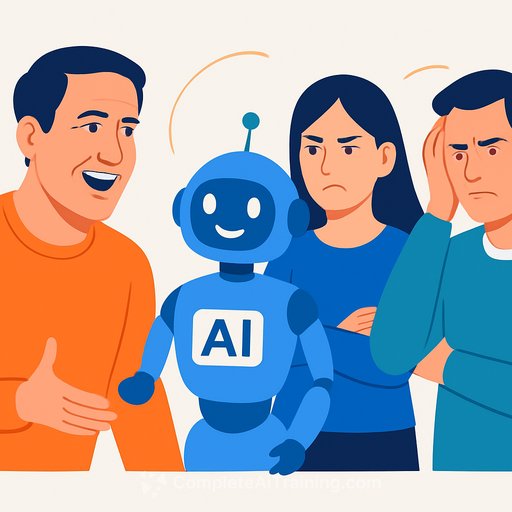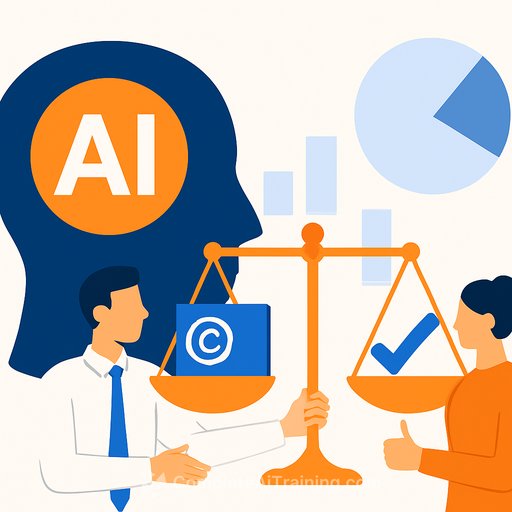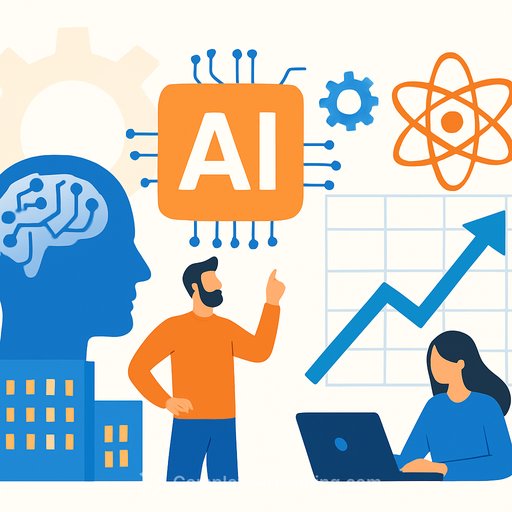Designers most wary of "soulless" AI creativity
13 November, 2025
Two new surveys point to the same tension: AI is speeding up production, but many creatives fear it's devaluing their work and dulling the spark that makes it worth buying. The anxiety is real, and it's rational.
Design isn't dying. It is under pressure, and the pressure is changing how clients judge value.
What designers are worried about
- Rates getting squeezed because "the bot can do it faster."
- Homogenized visuals and safe, average outputs that all look alike.
- Clients confusing volume with quality, and speed with insight.
- Copyright and provenance risks when assets come from unclear sources. Content Authenticity Initiative is one path to track edits and media origin.
- The junior pipeline: fewer opportunities to learn by doing if AI eats production work.
What still separates your work
- Taste and point of view, earned through reps and lived context.
- Conceptual leaps: connecting constraints into an original system that fits the brief and the brand.
- Integrity: setting standards for attribution, consent, and data use. See WIPO's overview of AI and IP for big-picture context.
- Facilitation: pulling clarity from messy stakeholder input and getting to a decision.
Use AI without losing your voice
- Define the boundary: AI for exploration, iterations, transcripts, alt copies, and asset cleanup. Human judgment for ideas, style, and final calls.
- Show your thinking: include a one-page rationale and process snapshots in client deliverables to make the craft visible.
- Price the thinking, not just the files: set concept fees, then add production tiers (with and without AI assist).
- Keep a private reference library: your own textures, type tests, palettes, and prompts. Train them on your taste, not the other way around.
- Track provenance: keep a sources log; export metadata; use content credentials where possible.
- Schedule human checkpoints: internal crits at sketch, mid-fidelity, and pre-final so taste leads speed.
Talk to clients about AI like a pro
- Position: "AI speeds production. Strategy, taste, and decisions stay human. That's what you're hiring."
- Policy: share a short one-pager on how you use AI, what data you won't upload, and how you handle licensing.
- Risk: outline copyright and privacy pitfalls early so "cheap and fast" doesn't become "expensive rework."
- ROI: show side-by-side timelines and outcomes for AI-assisted vs. manual so they can choose with eyes open.
Next steps
Keep the soul, use the tools, and make your value impossible to ignore. Small systems and clear policies beat anxiety every time.
If you want structured upskilling built for creative work, explore curated options by job and skill at Complete AI Training. For tool scouting, browse vetted picks for generative art and visual workflows here.
Your membership also unlocks:






